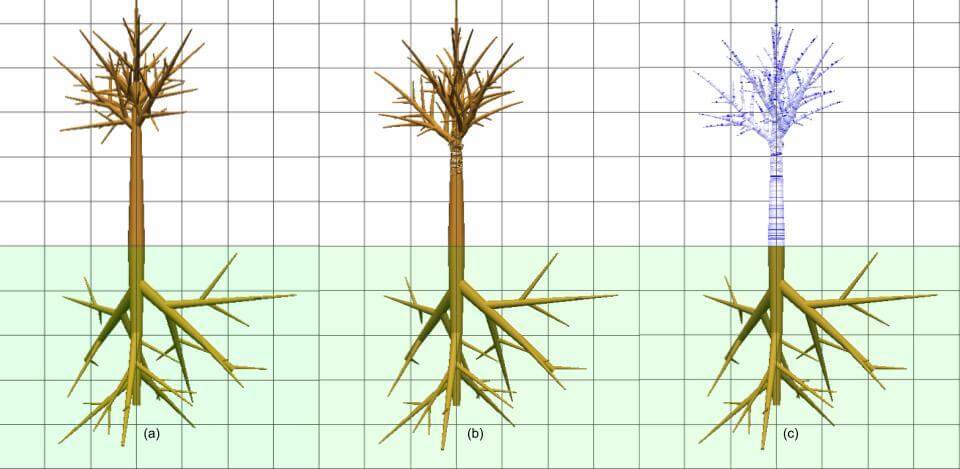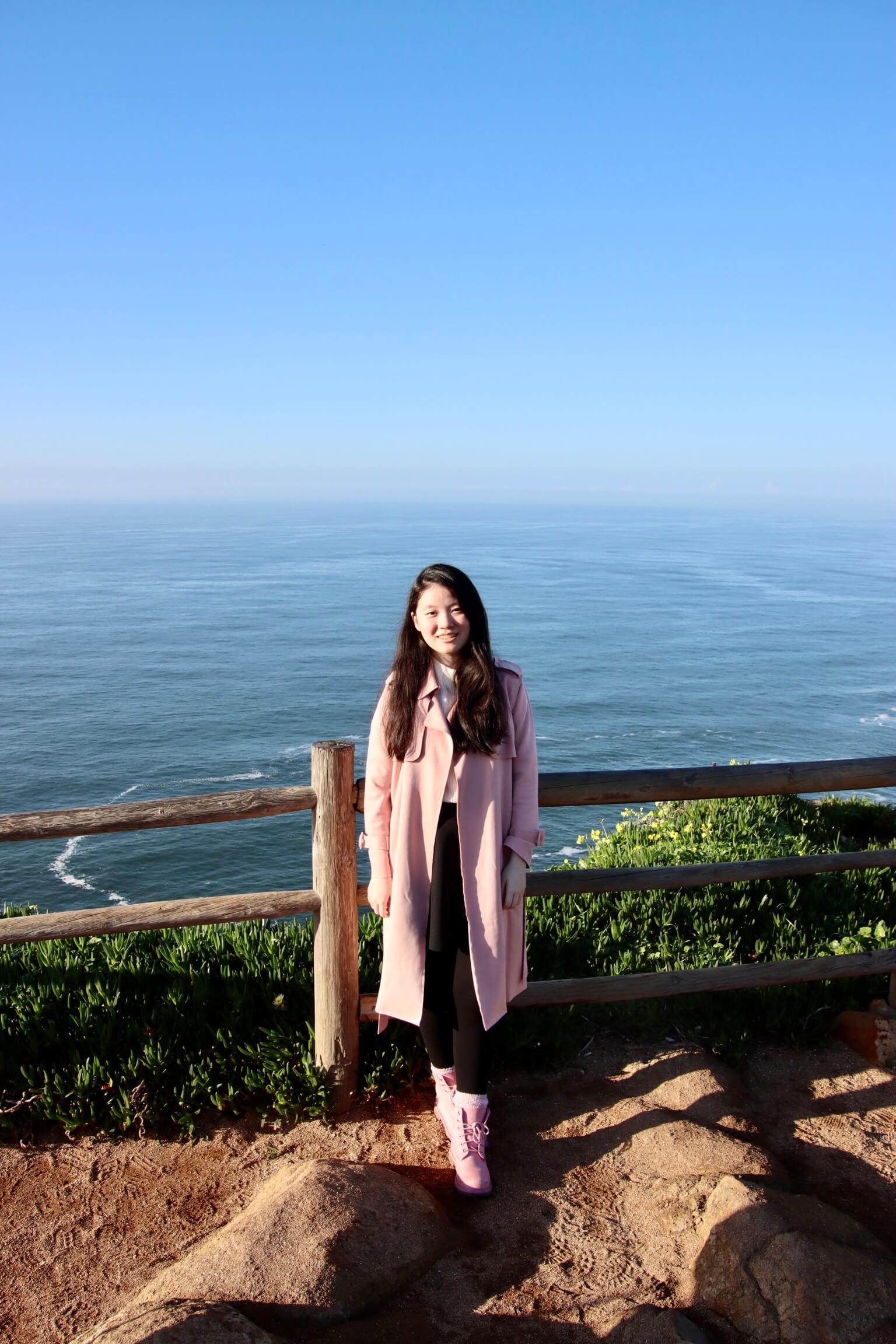Research sharing by physics student Lim See Min
I started doing some high school research during my Junior College days as part of my school’s science research programme out of curiosity and never look back since. Pursuing research has enriched my academic journey, allowing me to pursue my intellectual endeavours not only through classes but also self-learning and discovery.
During the recent Annual Physics Conference, I presented my work on “Modelling Physical Effects on Trees” which I had done during my internship at the Institute of High Performance Computing, A*STAR. My supervisor had previously done biological tree modelling work using L-systems and laser-scanned point cloud data, and my work focused on further implementing physics-based modelling methods such as mass-springs system and rigid-body dynamics.

Pursuing research has enriched my academic journey, allowing me to pursue my intellectual endeavours not only through classes but also self-learning and discovery.
Lim See Min
The mass-spring system models the object as a series of masses and springs. Using this method, we can model physical effects by iteratively applying forces (such as gravity) and internal spring forces on each of the masses and calculating their individual displacements. I also incorporated another layer of rigid-body dynamics, which models particularly rigid portions of the tree as a single large rigid object which has a single linear momentum and angular momentum, based on the forces experienced by the rigid object. I further tested out potential tree management methods such as predicting stress through the model. Ultimately, the team’s larger goal is to generate representative tree models in a digital twin city of Singapore, which could be used for environmental simulations and city planning amongst others.
Although the internship was fun and a great learning experience, my passion ultimately does not lie with trees and I’m looking to move onto a new stage. I previously dabbled in some simple astronomy research on a voluntary basis, but my current interest is in quantum physics and quantum computing. I loved cracking cryptography systems when I was in Junior College, so the fields of quantum cryptography (e.g. quantum key distribution) and post-quantum cryptography (e.g. lattice-based cryptography) are especially appealing to me.
Along with some friends, I am currently exploring some methods related to the quantum phase estimation algorithm, a key component of Shor’s algorithm which could break RSA (Rivest-Shamir-Adleman) cryptosystems in a fault-tolerant quantum computing era. Another field in quantum physics that I have recently been learning about is topological quantum computing, since the prospect of utilising advanced mathematics (topology) in quantum computing is very enticing to me. I look forward to taking a quantum mechanics course in particular next semester to learn more about the foundational physics behind these quantum computing methods and also sampling from the large array of quantum-related courses which the Department of Physics offers.

